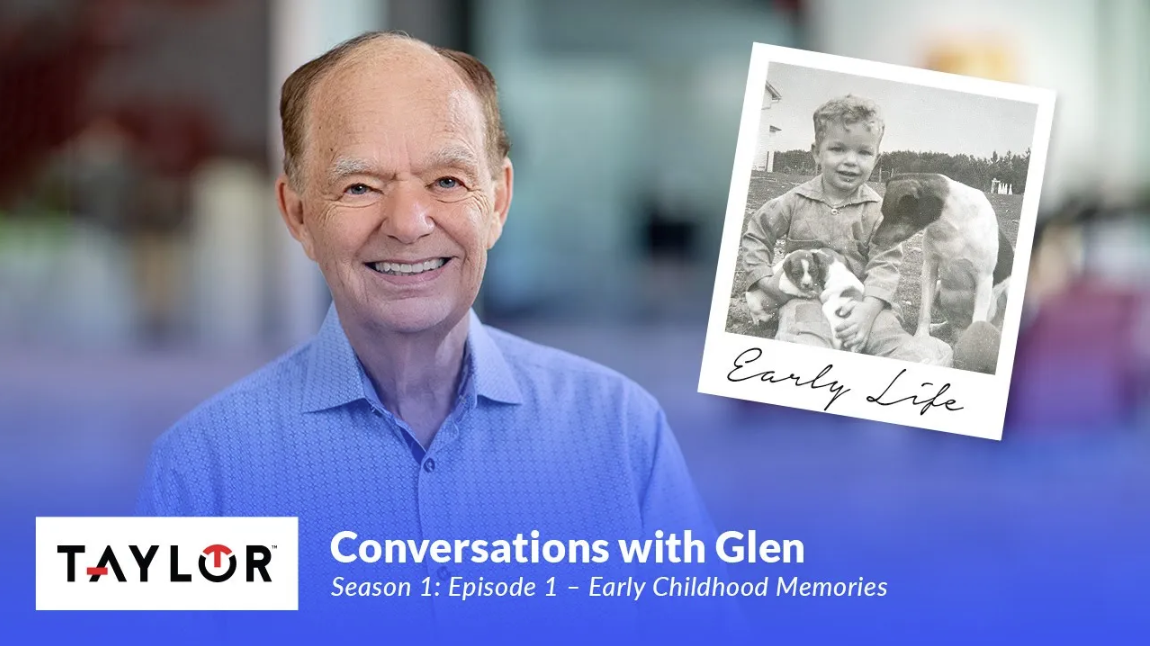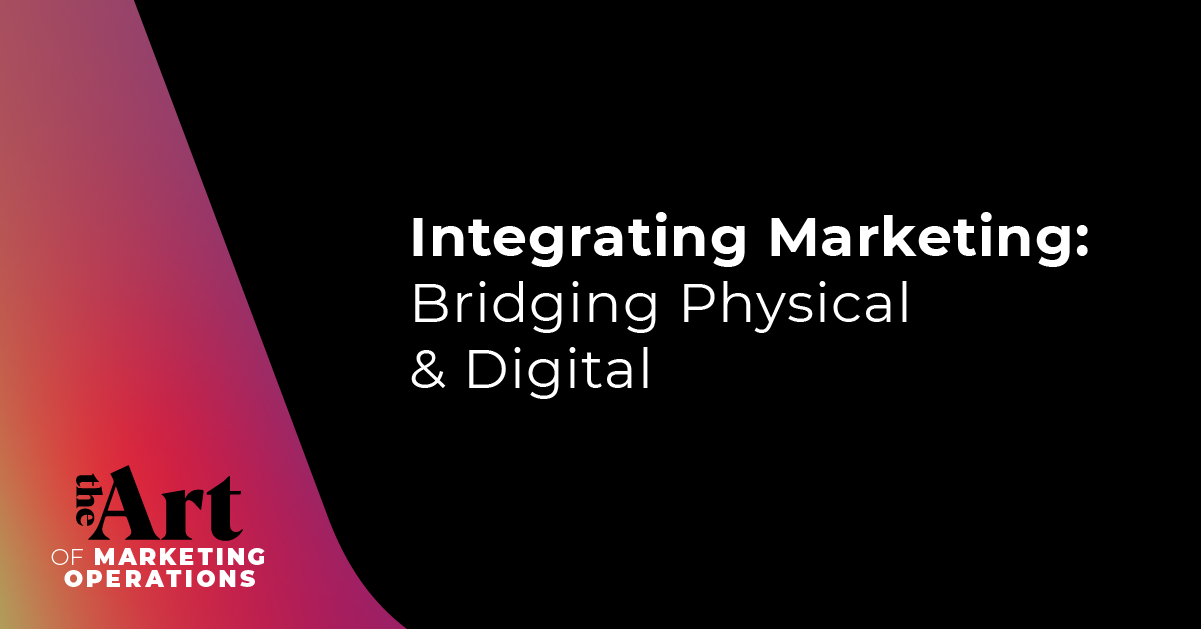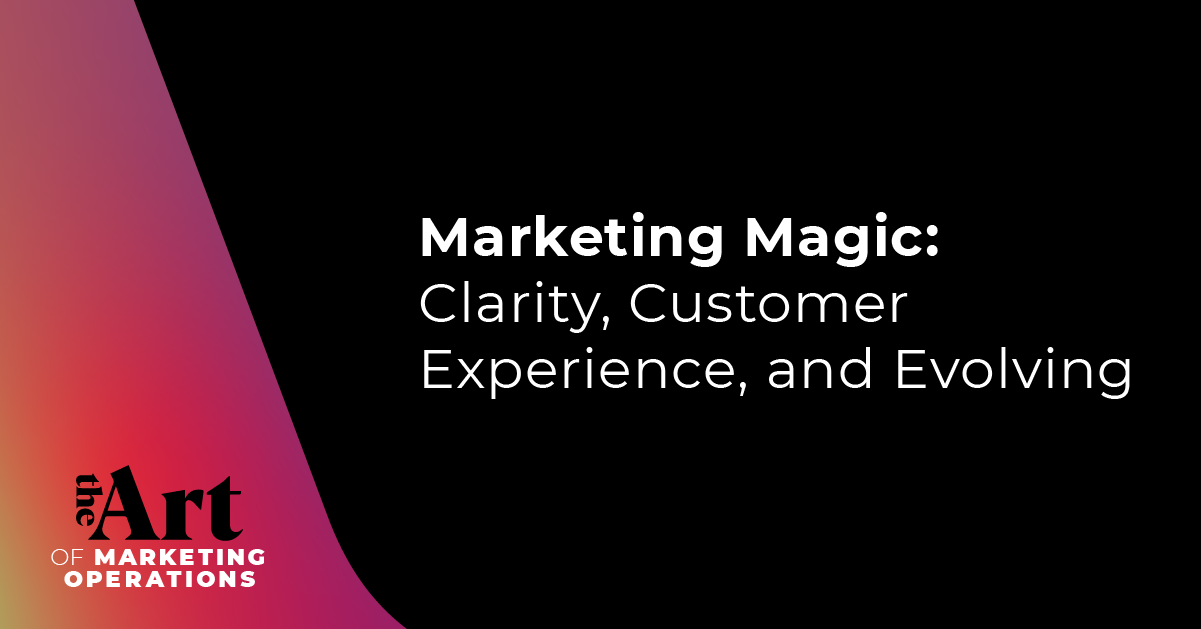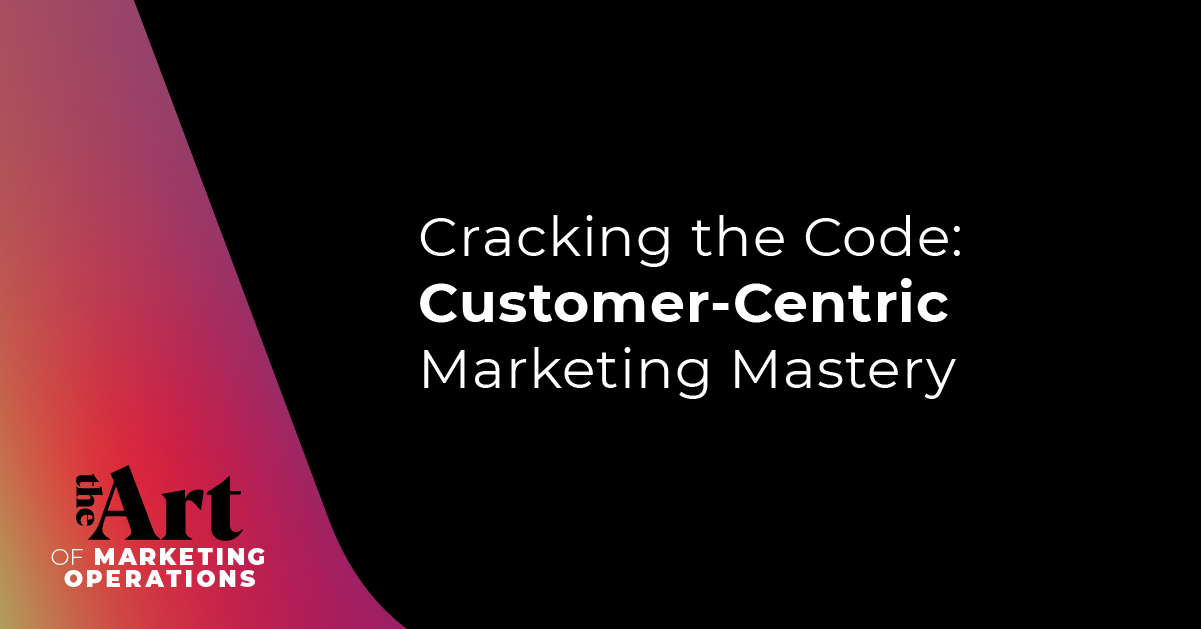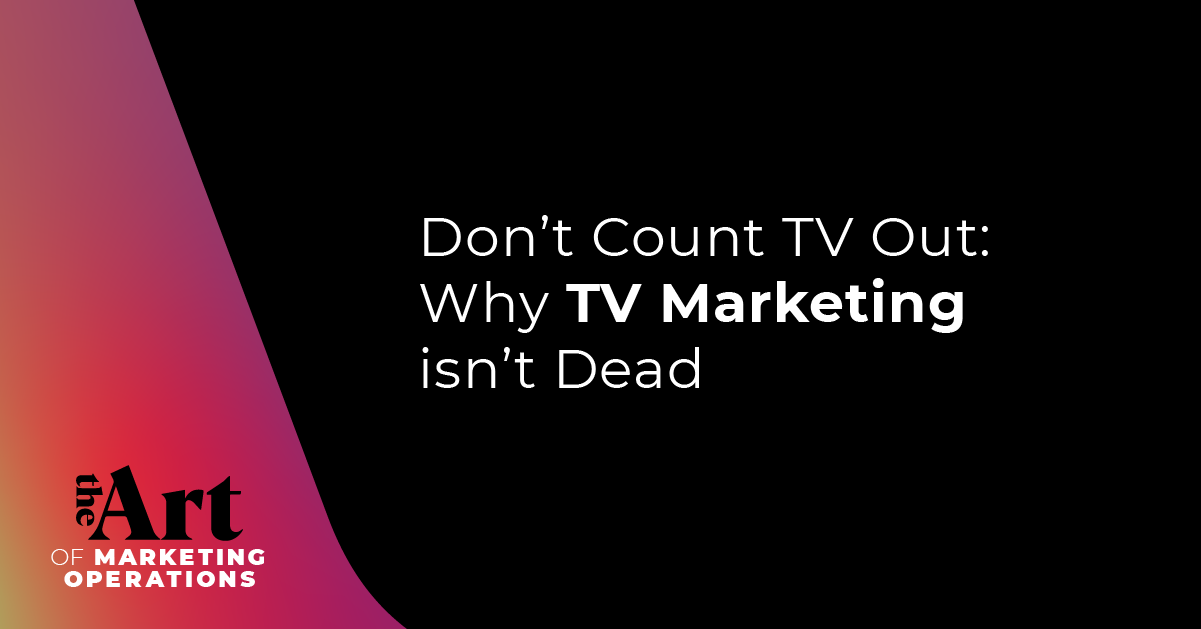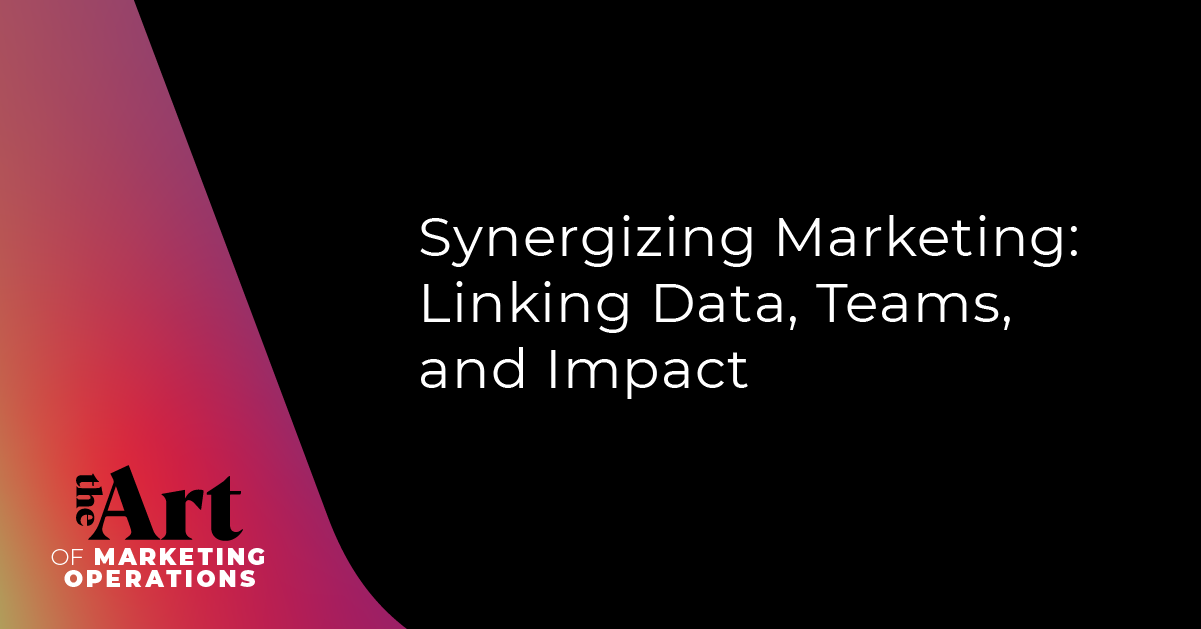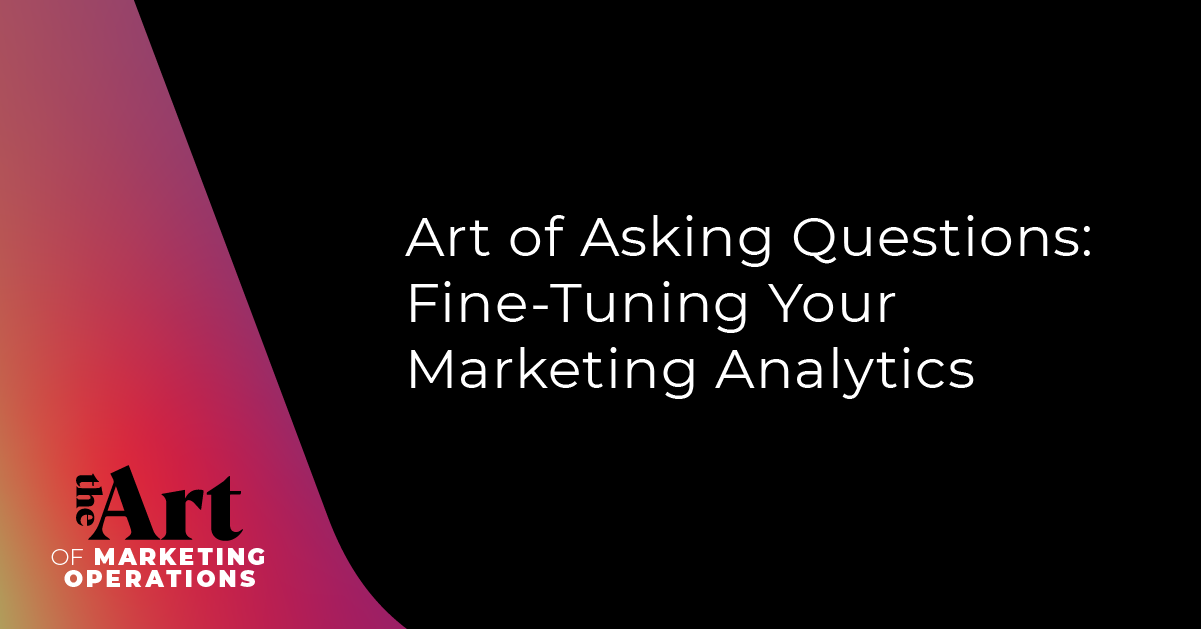You have to make quality use of every single part of the marketing budget buffalo.
Stretching each dollar, in both for-profit and nonprofit environments, creates optimized marketing strategies — and formulating a strong, simple direction for campaigns is step one. By focusing on articulating what you’re selling quickly and concisely, incorporating innovative marketing strategies with tried-and-true ones, and incorporating physical marketing tools, you can squeeze the value out of every dollar.
No one gets that more than Alissa Nixon, Head of Vertical Operations and Marketing at Siemens USA, Low Carbon Tech Board Member and World Affairs Council YP Executive Member. We picked her brain on everything from integrated marketing strategy to the one old-school marketing method making a comeback.
Join us as we discuss:
- Where to start with your marketing strategy
- Organic consistency: the integrated marketing mix
- Events and physical marketing incorporation
.png?width=1200&height=629&name=Copy%20of%20EP55%20HQ%20v1%20Alissa%20Nixon%202121%20(4).png)
Know where to start your strategy
Alissa knows firsthand that the differences between marketing, advertising and communications can be blurry to those not in the know. But, while there is a difference in the job functions, they do have one thing in common: all of them should be in the room together when building the foundation of a new marketing strategy.
It’s all about putting the right experts in a room together to make sure the strategy is set up for success from day one, Alissa says. Letting the marketing team do what they do best – competitor research, market share inquiries and more — leaves room for the communications team to do the same: digging into data generated by the marketing team and conveying actionable insights to key stakeholders.
This integrated marketing mix is the secret sauce to campaign success, Alissa says. Pairing marketing professionals who can dig up data that leads to a deep understanding of customers with communications specialists able to put marketing messaging out into different channels ensures a full-circle approach that touches as many target consumers as possible.
.png?width=1200&height=629&name=Copy%20of%20EP55%20HQ%20v1%20Alissa%20Nixon%202121%20(3).png)
Don’t lose sight of the key elements
Equally as important as having the right people in the room at the start of your strategy is having the right topics in mind, Alissa says. Knowing what your key visual and key message is goes a long way in ensuring no time, money or energy is wasted. Integrating your value proposition with your key visual elements and your marketing strategy helps all the teams involved strategize around one clear, unique message.
“The key to the integrated media mix is to have a unified message, a key visual and a key message,” she says. “The message, value proposition visual and spin-off campaigns all ties in together. That’s your key to integration.”
In short, if you can say what you’re selling in six words or less, you’re golden.
“That’s your headline right there,” she says. “Having that clear message and a solid value proposition is essential to building up an integrative strategy that stays relevant.”
Benefit from physical marketing strategies
Physical marketing assets like booths, direct mail or brochures still have a place in modern-day marketing, says Alissa. Hosting events, inviting the right stakeholders and leveraging media channels will help marketing operations teams amplify their message and create the kind of memorable experience that can only really happen in person.
“With that said, timing is everything,” she says. “Think about the location, the stories that you can bring to and get out of the event, and what customers could benefit from that live experience.”
The most important thing is keeping that integrated marketing strategy alive. Creating physical marketing materials that carry with them a distinct and cohesive look goes a long way in achieving this, as does thinking about how to capture digital information like email addresses and promised social media engagement, Alissa says.
“There are a lot of different channels you can use to stretch your dollars,” she says. “Ultimately, it comes down to the solution you’re trying to sell and how you’re focusing: on awareness, demand or lead generation.”
Want to learn more about integrative marketing and the foundation of a solid marketing strategy? Listen on Spotify, Apple Music, or wherever you find your podcasts.


